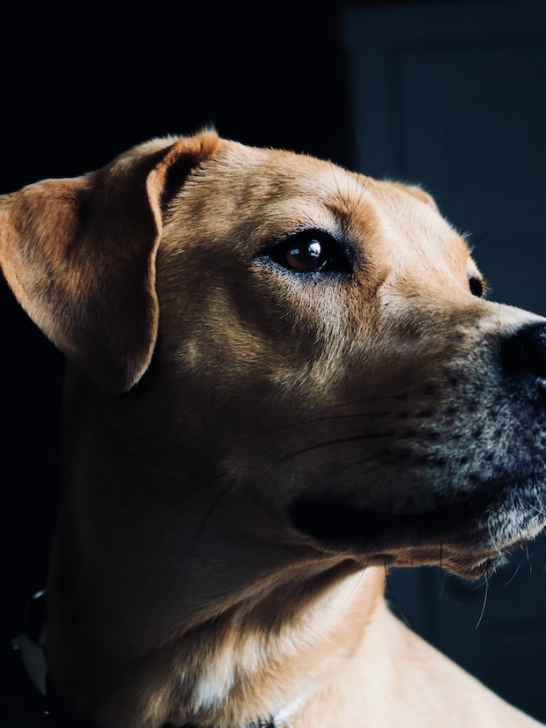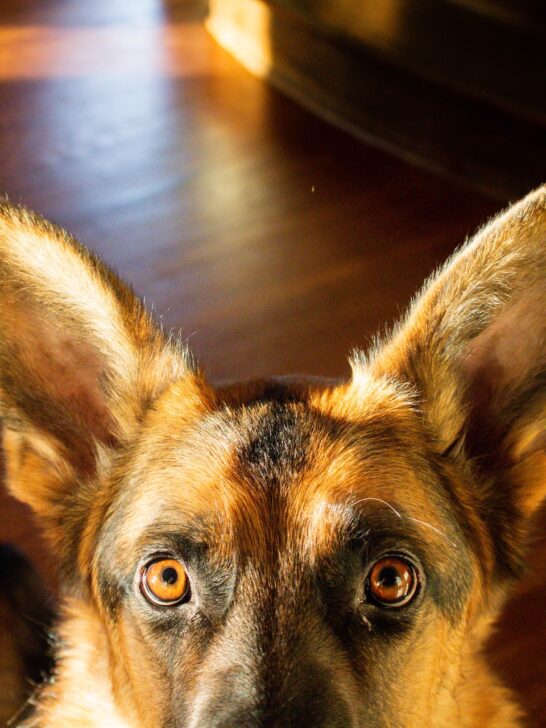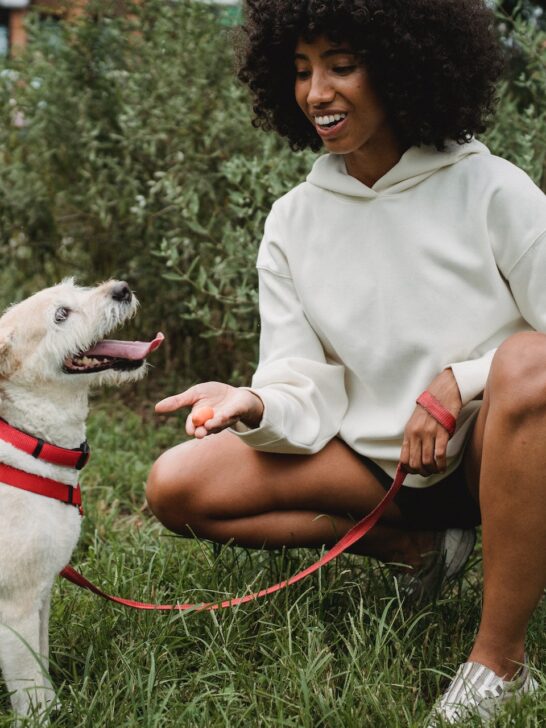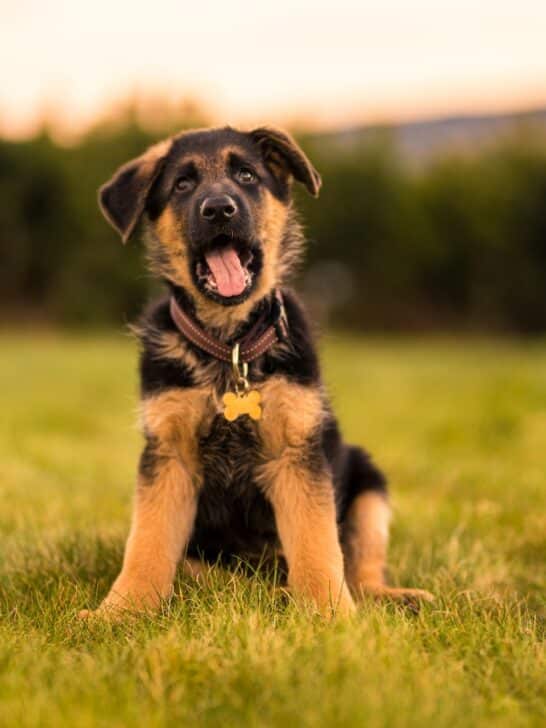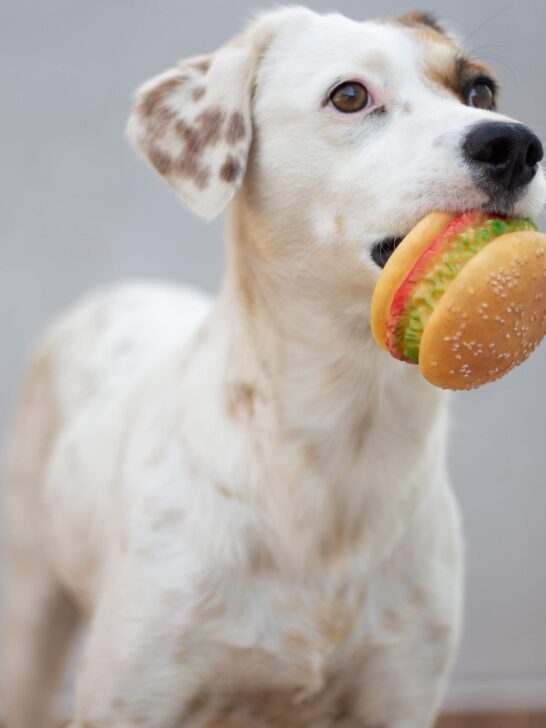Do German Shepherds Need Haircuts?
German Shepherds are a popular dog breed in the US and worldwide.
These majestic dogs are known for their formidable appearance, loyalty, agility, intelligence, dedication to work, and many other remarkable traits.
They are also known for being very furry, which makes these family dogs great for snuggling and cuddling.
However, if you own one, you must keep in mind that German Shepherd coats require a lot of upkeep to keep them looking shiny and beautiful.
This guide has everything you need to know about caring for your German Shepherd dog’s coat.
We explore the question of whether haircuts for German Shepherds are always necessary, as well as information on giving your dog a haircut.
We also share some handy grooming tips so you can always stay on top of your dog’s maintenance.
Let’s dive in!
Do German Shepherds Need Haircuts?
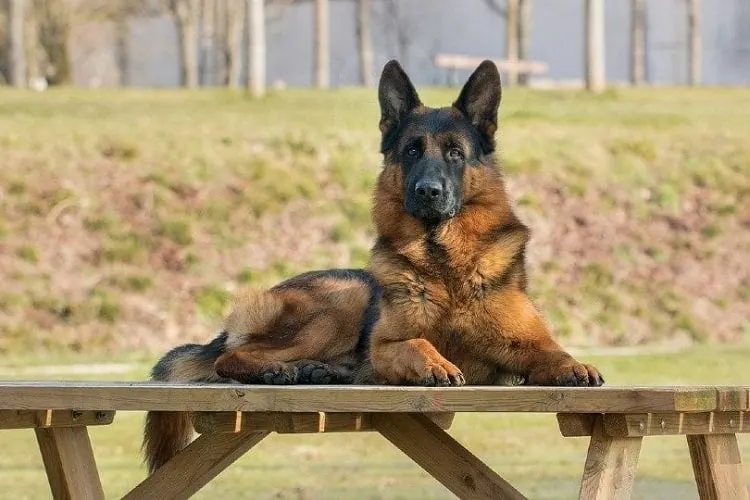
Typically, a German Shepherd dog does not need to get its hair cut. Even long-haired German Shepherds with double coats don’t have to worry about their hair causing visibility, mobility, or hygiene issues.
It’s true that for some long-haired breeds, a haircut can be good for them. Otherwise, their fur can block their vision or get dirty as they walk around.
But a German Shepherd’s coat shouldn’t be trimmed or cut, as the fur is important for protecting this breed.
The German Shepherd coat is double-layered. Shaving it removes the outer coat and undercoat, which can cause problems for your dog.
During the winter, a German Shepherd’s thick coat works to keep it warm and insulated.
Trimming or shaving your German Shepherd’s winter coat, it will remove your pet’s primary defense against the chilly weather and expose its body to the harsh cold.
Meanwhile, in the summers, many pet owners shave off their German Shepherd’s hair, thinking that doing so will keep their dog cooler. However, this is a bad idea.
A German Shepherd’s coat actually regulates the dog’s body temperature and helps it tolerate the hot weather.
This is true even for the long-haired German Shepherd variety, so shaving a Great Shepherd dog’s coat hair means it loses much-needed heat and sun protection.
Also, when dog owners shave their German Shepherd’s double coat down to the skin, the undercoat may not grow back correctly.
The hair growth may improve after some time by shedding, but in the meantime, the dog won’t be able to maintain its body temperature properly.
Shaving a German Shepherd’s coat also puts the dog at greater risk of scratches, irritation, or other injuries, which may then become infected.
It also leaves the dog’s skin susceptible to skin problems such as ingrown hair.
That being said, while you shouldn’t shave its hair, you may need to clip some of a German Shepherd’s coat hair in these extraordinary circumstances:
Parasite Infestation
If your dog has become infested with parasites such as fleas or ticks, you may have to trim down or remove some of its hair.
But before bringing out the scissors, try using parasiticidal shampoo while bathing your dog. Applying topical medication, it should be enough to get rid of the parasites.
Even in the case of a parasite, you should avoid shaving your German Shepherd’s hair unless a vet tells you to do so—largely as a last resort.
Surgery
Parts of a German Shepherd’s coat may need to be shaved for your vet to make an incision for surgery. You may also need to shave your German Shepherd’s fur in localized areas before spaying or neutering it.
Excessively Long Hair
Although a German Shepherd with a longer coat does not need to be shaved, trimming parts of its fur may be beneficial if it has grown too long to be comfortable.
In this case, it is best to consult a professional groomer who will cut the excess hair with specially designed scissors.
How to Do Haircuts for German Shepherds
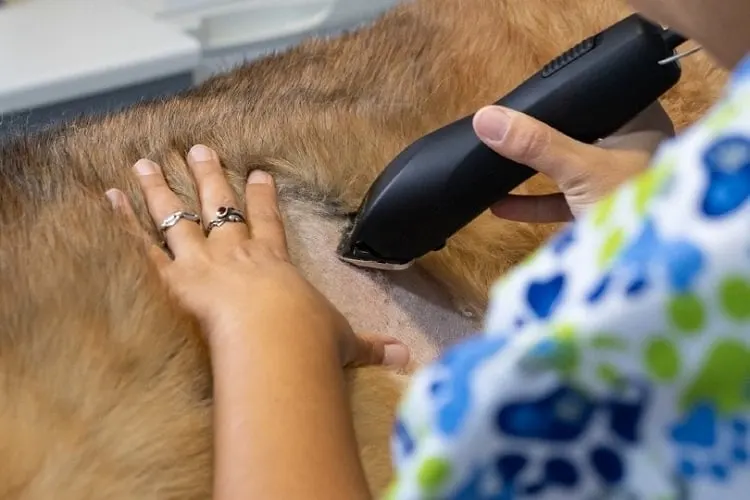
If you absolutely need to cut your German Shepherd’s hair, don’t trim off more than necessary. Never shave your dog’s fur unless a vet tells you to do so.
To trim your pet’s hair, buy a pair of grooming scissors and cut its outer guard hairs (the longer, coarser outer layer of fur) only in specific locations.
You may want to trim the hair around your dog’s ears to cut down on the build-up of dirt and debris. Dirt and moisture can stick to long hair and cause ear infections.
Remove the hair under your pet’s paws as it does not serve any actual purpose. Instead, it can be harmful as dirt can get matted in the fur, causing pain to your dog while walking.
Even if dog owners keep on top of a schedule of daily brushing for their pets, they often forget to brush the hair underneath their paws, so trimming the hair under the paws will help avoid matting in that area.
Is Brushing Enough?
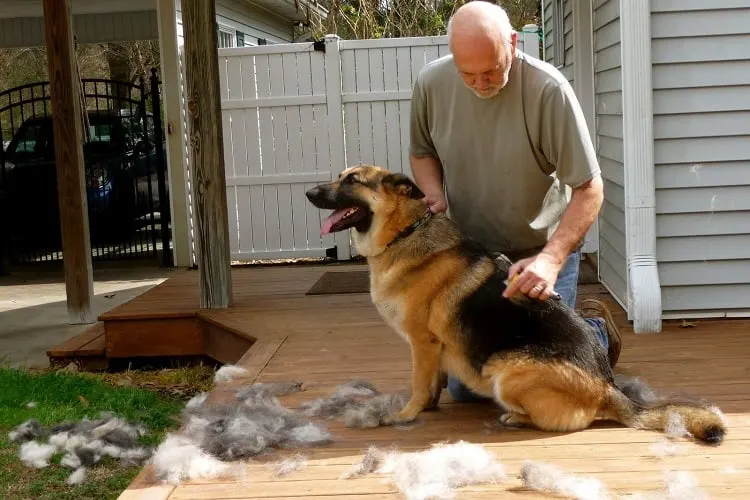
German Shepherds need a lot of grooming sessions to keep their double coats looking healthy and shiny.
Aside from routine brushing, you should give your dog a bath whenever it’s looking dirty or at least once a month using warm water and a gentle shampoo.
You can use a high-velocity dryer to dry your pet’s hair after its bath. Also, clean your dog’s ears and trim your dog’s nails regularly.
The ideal brushing routine involves a thorough brush at least three times a week. Brushing removes dead hair and distributes the natural oils of the coat to keep it healthy and protect it from the elements.
When brushing your dog’s hair, you must also be checking regularly for wounds, insect bites, and skin problems.
A pin brush works well against tangles, knots, and mats. A slicker brush is great for brushing the outer coat.
Meanwhile, an undercoat rake will maintain the undercoat while eliminating loose hair during the annual shedding season when heavy shedding occurs.
You should also use de-shedding tools like a de-shedding comb once a week to remove the excess hair on the undercoat.
Conclusion
Caring for your German Shepherd’s abundant fur will help you maintain your dog’s unique, attractive appearance and keep it healthy and happy.
If you start grooming your dog early on, you’ll be able to make sure your puppy gets comfortable with the grooming process, helping your pet avoid matting and skin problems while keeping its coat healthy and lustrous.
Resources:
























